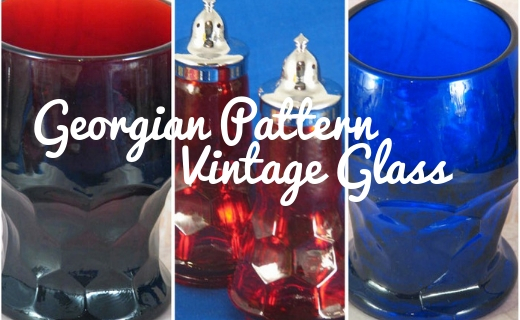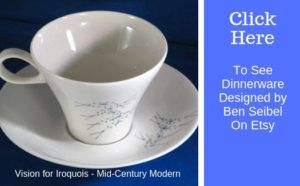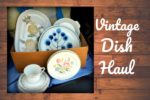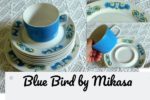I’ve been buying glass in this classic style for years, in different places and by different makers. Some of it has been new, but most of it has been from secondary sources.
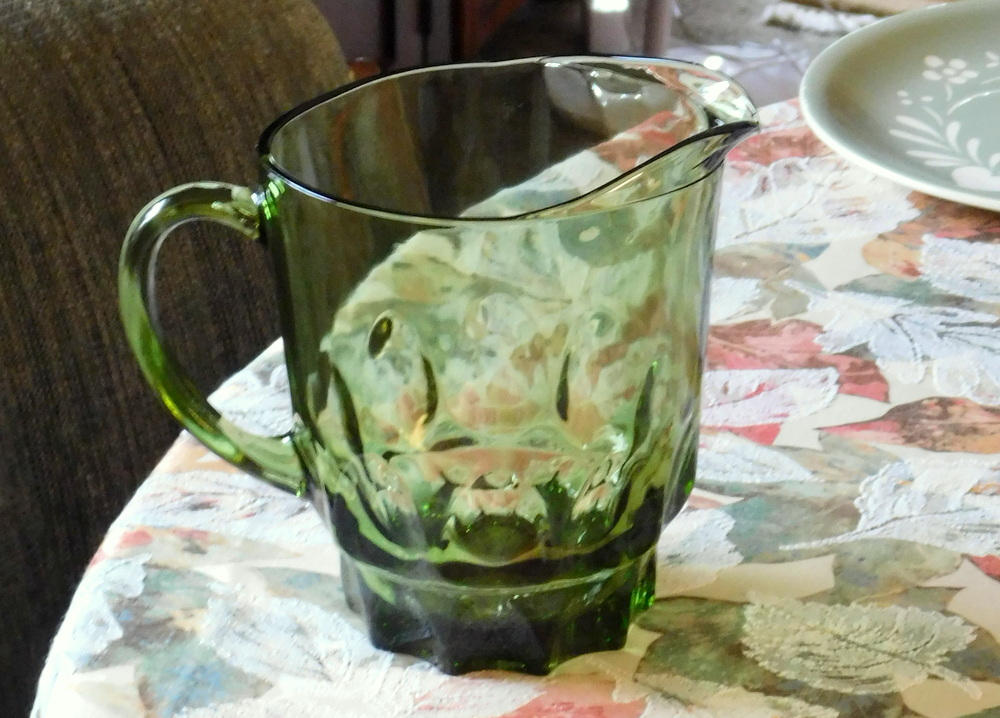
This pattern works well to mix with more modern shapes, or for an eclectic, mix-and-match table.
I like it because it goes well with many of the retro pieces in my collection. It’s practical to use and enjoy for serving meals, parties or decorating, such as filling a pitcher with flowers on the buffet or table centerpiece.
Good old used glass in top-notch condition.
The new wares by Mosser work well with the older pieces from other makers. A search online will find outlets for their glass, and I've also found it in stores that carry giftware and specialty items.
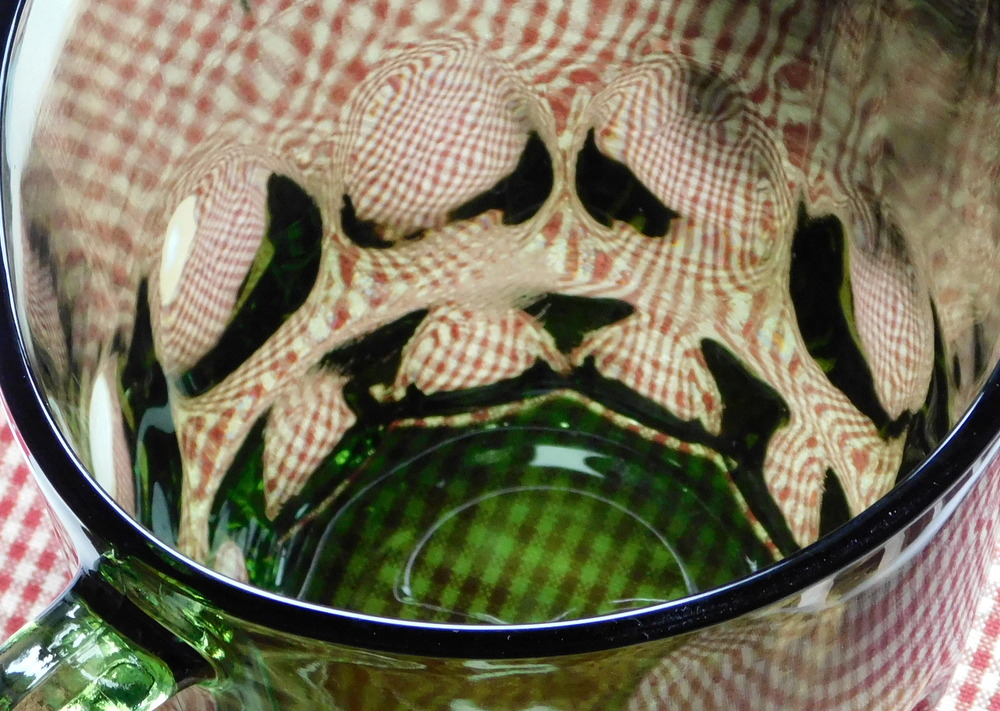
I look for the distinctive scallop shapes, which I like to think of as an arrowhead motif. Some versions have them in a row, others have the shapes in an overlapping band of staggered rows, giving them a honeycomb effect.
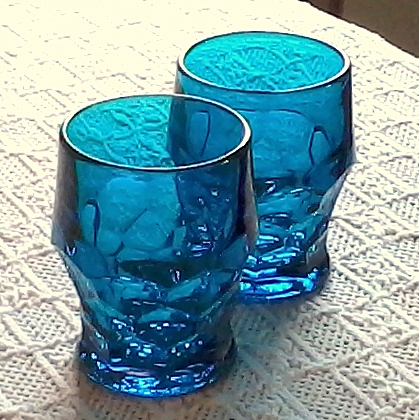
Makers include Viking, Hazel Atlas (including the era when it was owned by Continental Can) and Mosser of Cambridge, Ohio (under the pattern name Georgia). Also check listings for Anchor Hocking if you’re searching online.
I have not found any vintage wares with labels, but sometimes marked by the maker, such as this avocado green pitcher with the nested C mark of Continental Can.
Georgian glass has been made in red, blue, various green shades and amber gold. It’s easy enough to find from vintage sources. As with any vintage glassware, I check carefully for chips and cracks before I buy.
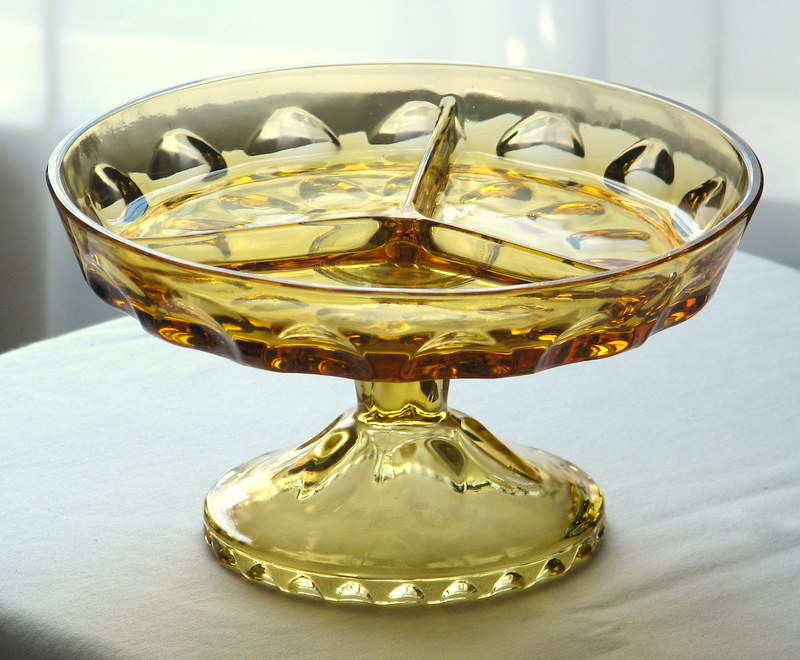 If you like this pattern, it’s easy enough to find a few pieces at a time, and build up your set over time. You might even find a larger quantity in original packaging at estate or garage sales where someone is downsizing.
If you like this pattern, it’s easy enough to find a few pieces at a time, and build up your set over time. You might even find a larger quantity in original packaging at estate or garage sales where someone is downsizing.
Georgian glass has a solid place on my permanent shopping list, and if you like a versatile, classy and retro style, it might make yours, too!
